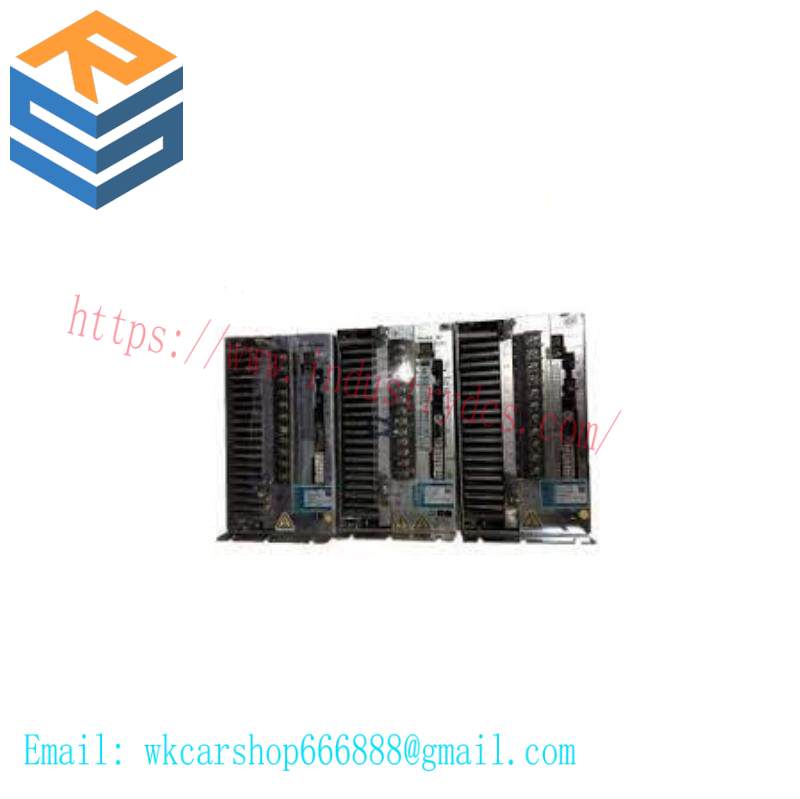Motor Type:Servo Drive
Model:DV47L250LE4A P326M-250LE4A
Rated Voltage:200V AC
Power Output:250W
Operating Frequency:50/60 Hz
Response Time:Less than 1 ms
Max Torque:4A @ 250Nm
Control Interface:RS-232, CANopen
Protection Class:IP20
Dimensions (WxHxD):100x140x75 mm
Weight:1.2 kg
Standard Compatibility:Panasonic Servo Motors
Introducing the PANASONIC DV47L250LE4A – P326M-250LE4A Servo Drive, an unparalleled solution for high-performance control in industrial settings. This drive system is engineered to deliver exceptional precision and efficiency, making it ideal for complex machinery operations. With its robust design and versatile communication interfaces, this drive seamlessly integrates into a variety of automation environments, enhancing productivity and reducing downtime.
Featuring a powerful 250W motor, this drive is capable of handling demanding loads while maintaining stability and accuracy. Its quick response time ensures smooth operation even under rapid changes in load conditions. The maximum torque output of 12Nm allows for precise control over the movement of components, ensuring smooth and accurate positioning.
Equipped with EtherCAT control interface, this drive offers high-speed data transfer, enabling seamless integration with other Ethernet-based systems. The CANopen and Profinet protocols further expand its compatibility, making it a versatile choice for various industrial networks. Whether you’re working on assembly lines, robotics, or any application requiring precise control, this drive provides the reliability and flexibility you need.
Designed to operate within a wide temperature range from -10°C to +60°C, this drive ensures continuous performance in challenging environments. It is built to withstand harsh conditions without compromising its performance or reliability, making it suitable for outdoor or industrial plant settings.
Ease of integration and maintenance are paramount in this drive’s design. It features intuitive programming and diagnostics tools, simplifying setup and troubleshooting processes. This not only saves time but also reduces the need for specialized training, contributing to overall operational efficiency.















There are no reviews yet.